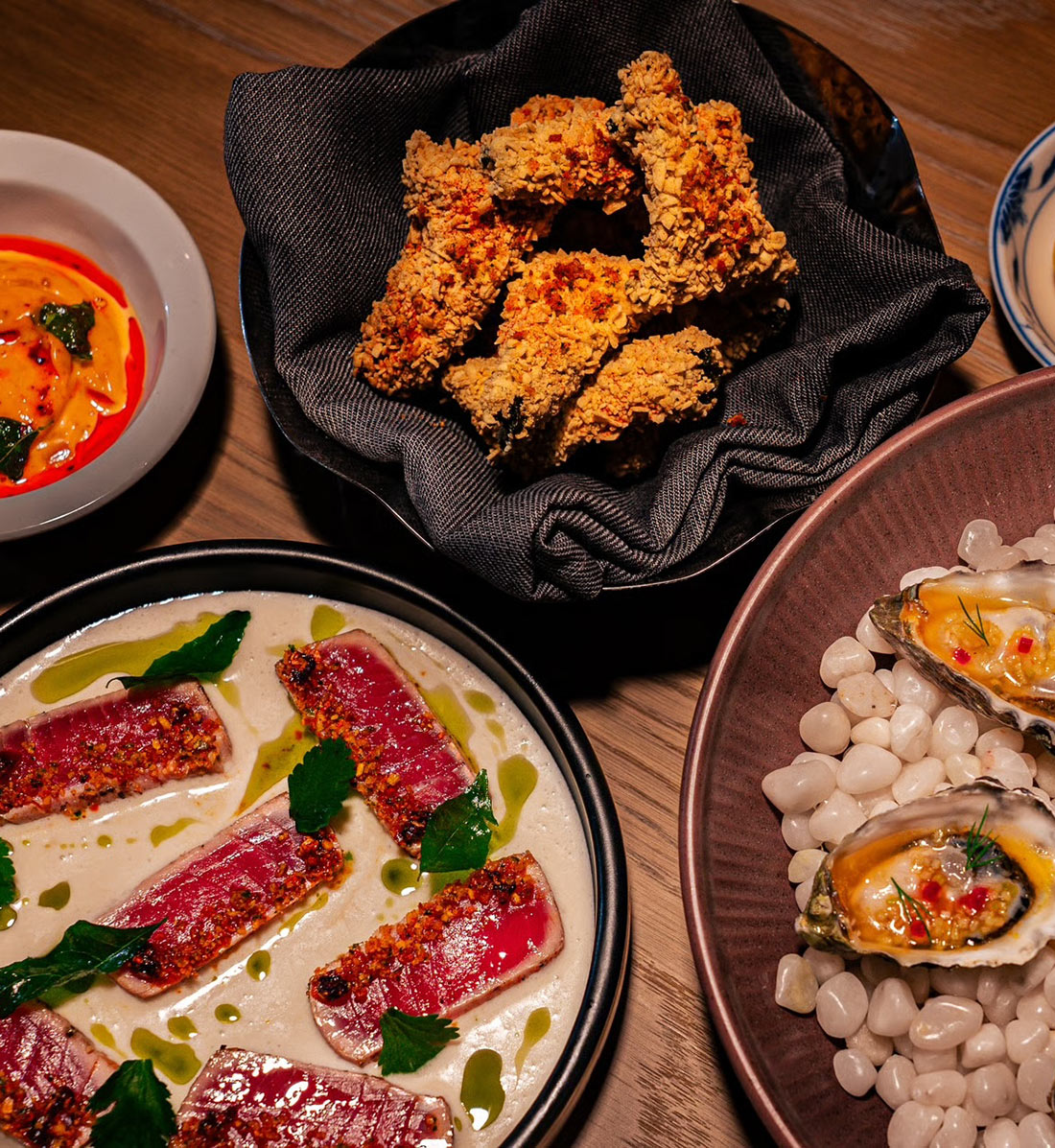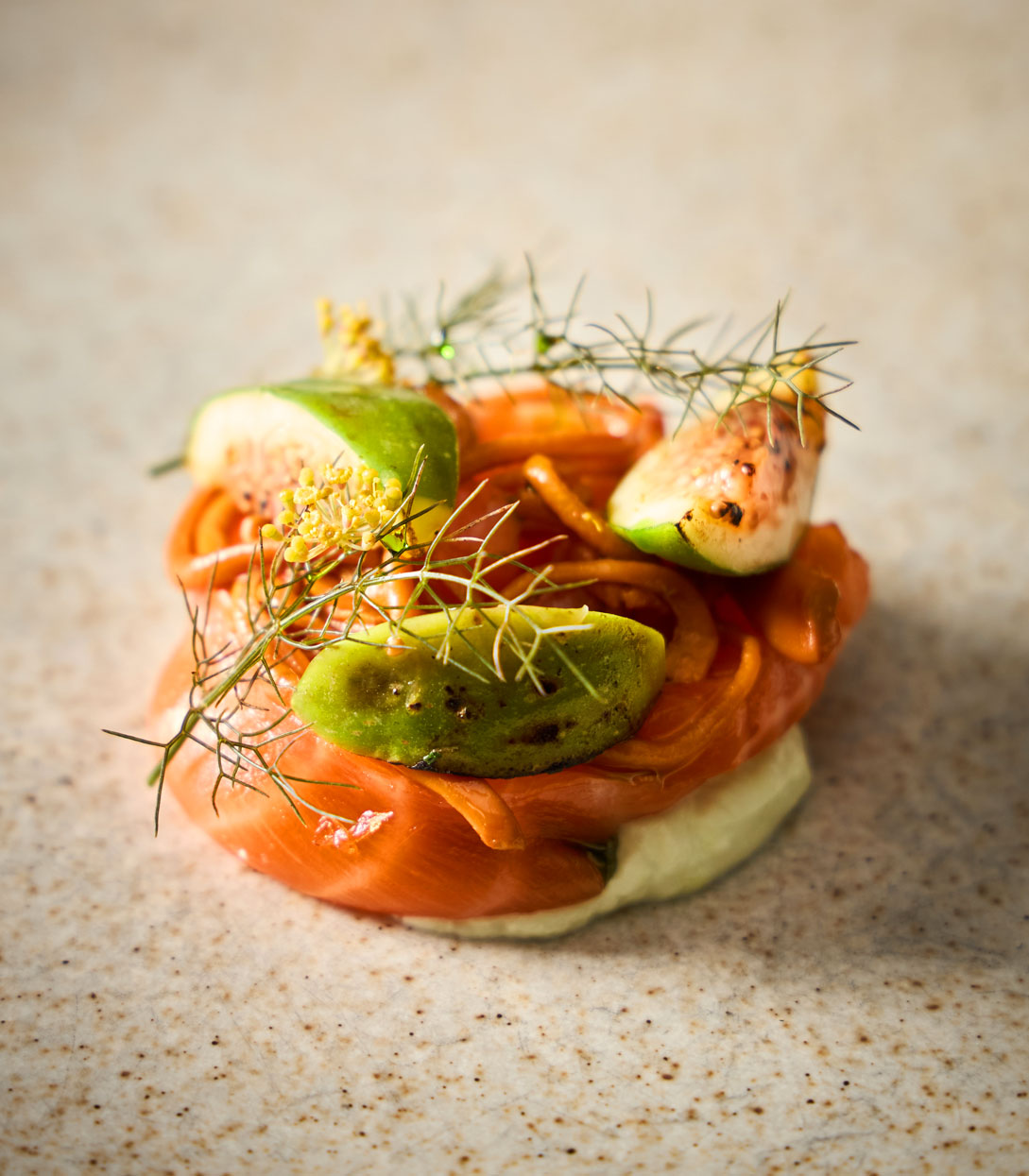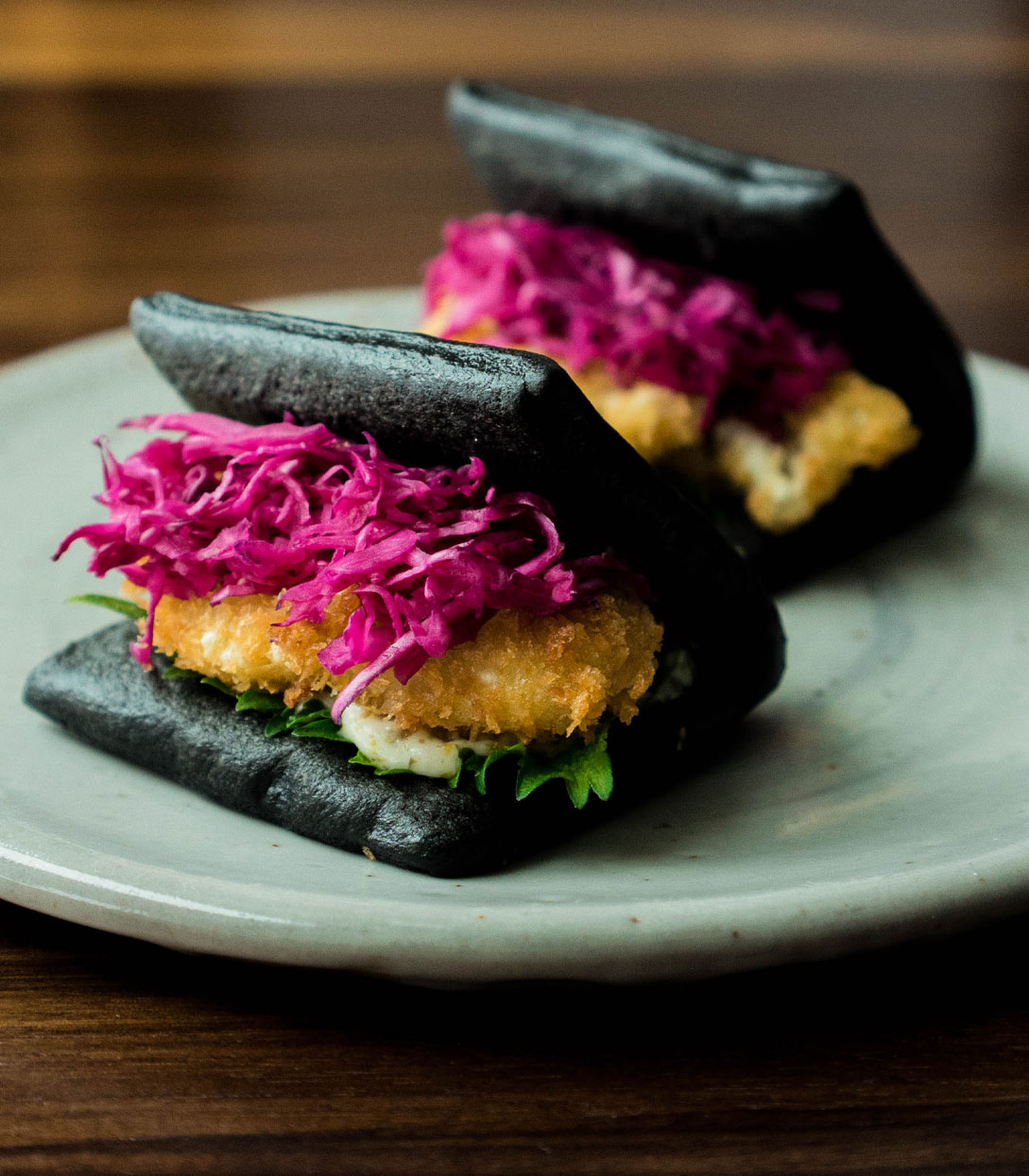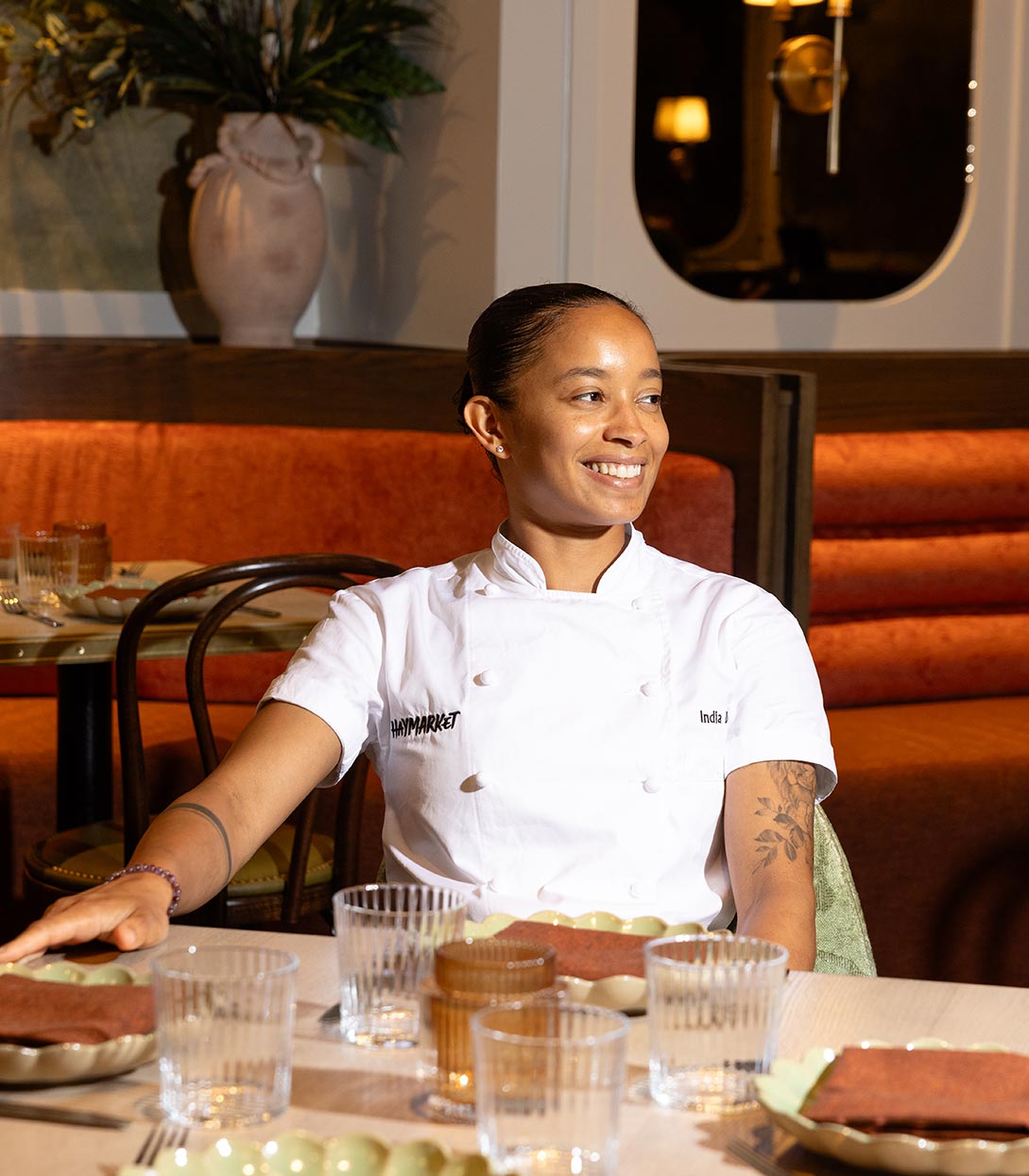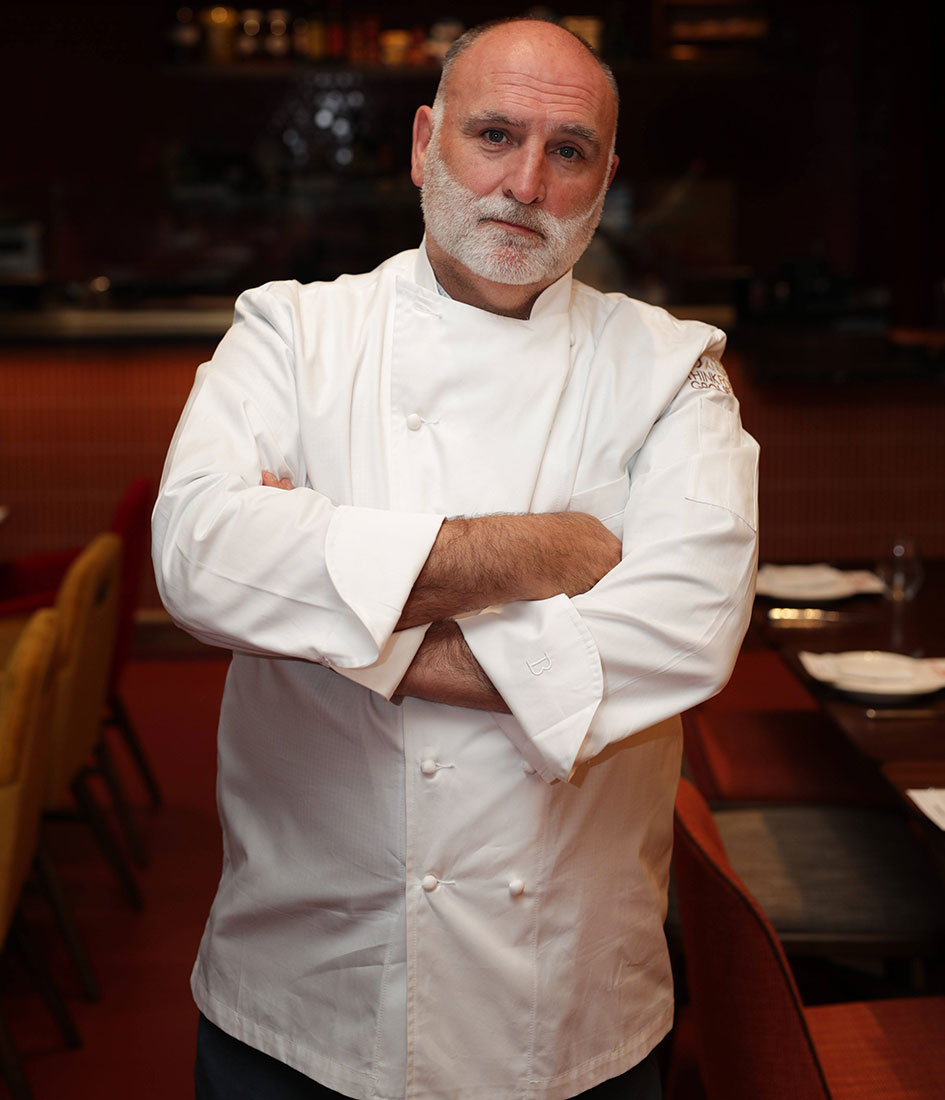With a colorful history across its eight regions, Oaxaca is a culinary powerhouse in Mexico. Core to these deep food traditions are the women who make mole.
Drawing upon centuries of expertise, these four chefs bring diners a taste of traditional Mexican recipes alongside innovative new flavors.
Levadura de Olla Restaurante (One Star)
Chef Thalía Barrios Garcia (2024 Mexico Young Chef Award)
By seven years old, Chef Thalía Barrios Garcia was selling tamales. By twelve, she was in charge of feeding her family. Her grandmothers noticed her remarkable talent, proceeding to teach Barrios everything they knew about making mole.
One grandmother was in charge of making mole de fiesta for weddings and celebrations, preparing for three months to serve 1,000 people at a time. Barrios explains, “women are the ones in charge of making moles. You couldn't have celebrations without these women.”
Today, her restaurant Levadura de Olla (“yeast pot”) is set in an 18th century home made of blue-green stone and wood, decorated with local plants and clay pottery.

The menu is divided into four sections: typical Oaxacan, lesser known Oaxacan, ceremonial, and creative. She not only preserves timeless mole recipes passed down from her ancestors, but she also experiments with new approaches inspired by her French culinary training.
Paired nicely with mole, ancestral beverages include tepache (fermented pineapple), pulque (alcoholic agave), ticunchi (agave), agua de taberna (fermented palm), pozontle (cacao), and agua de maíz (toasted corn).
Barrios works with small-scale farmers from her hometown for maize (corn), beans and pumpkins grown in high elevations. In her creations, she skillfully highlights the complex flavors of mole to allow each of the many ingredients to shine. The chef explains, “you can get really creative in exploring the options that one ingredient has and push the limits of what you can do.”

Tierra del Sol (Bib Gourmand)
Chef Olga Cabrera
“Everybody deserves to eat well,” begins chef Olga Cabrera.
Proud of her mestiza (mixed indigenous and European) heritage, she “combines pre-Hispanic ingredients with modern techniques.” Those ingredients are grown using a traditional milpa crop system: maize (corn), frijoles (beans), quelites (wild greens), chilies, nopal (cactus), cacao, calabazas (pumpkins) and insects. After each harvest, she serves her farmers the first bite, explaining, “it’s important to go to their homes, eat with them to know their families.”
From her grandmother, Cabrera learned how to make mole tres generaciones (three generation mole), a four-generation old recipe. She describes it as a mole de fiesta (party mole), explaining, “mole means happiness, family, party, and a lot of joy. When someone is born, we celebrate with mole, but also when someone dies, we celebrate with mole.”
Her mole can be paired with guajolote (turkey), and guests can also choose other color options made with different types of chilies, dried fruits and nuts.
Cabrera’s bakery, atolería (corn drink shop), and main restaurant are primarily run by women, honoring that tradition. She describes, “when women make mole, they get together in the same kitchen talking about their lives and having mezcal. Preparing mole is an act of love.”


La Olla (Bib Gourmand)
Chef Pilar Cabrera
“Mole for me means fiesta,” begins chef Pilar Cabrera. “My first experience with mole was with my grandma. We prepared it together. When I got married, I had a big fiesta, the whole family cooking mole together.”
30 years ago, after studying food science at school, Cabrera opened La Olla, named after a ceramic pot used to cook beans. Today, her team prepares 25 kilos of mole per month. The most popular is the black mole, with over 30 ingredients including the chilhuacle negro (ancient black) chile.
Cabrera also prepares mole in other colors like green and yellow, and for each mole, she adds in a variety of ingredients such as sesame seeds, peanuts and pecans. To make mole more inclusive, she even offers a corn oil substitute for pork lard.
Inspired by talented women in her life who taught her how to make mole, Cabrera aims to pass down those same traditions. 22 years ago, she opened her cooking school right inside her home, welcoming guests from around the world to learn more.
In her own kitchen, she dedicates time to train the next generation of female chefs, explaining, “most of the staff I have right now are single women, working in the afternoon and caring for the children in the morning.”


Las Quince Letras (Bib Gourmand)
Chef Celia Florián
The life project of Chef Celia Florián, Las Quince Letras has spent 30 years honoring the recipes of her ancestors.
Live saxophone melodies fill the restaurant, housed in a century-old Oaxacan home. Florián begins, “It's a family space full of tradition and flavors that restore the soul and body. Our space feels like arriving at an Oaxacan home to eat local food prepared with love.”
Growing up in the countryside, Florián watched her “grandmother and mother toast the cocoa, grind the maize on the metate, toast the chilies, and burn the seeds in the kitchen.”
Under that inspiration, she built her menu full of Oaxacan-grown corn, beans, chili, wild greens, cocoa, mushrooms, edible flowers and insects. Fan favorites include the mole coloradito and almond stew, but the chef herself loves Chichilo negro “mole for mourning” (corn, herbs) and mole negro (chilies, grains, spices).
These moles involve “deeply toasting the chilies and burning the seeds directly on fire until they turn into ashes, [resulting] in the elegant black color and the fine smoky flavor.”
Aiming to pass that ancestral knowledge to future generations, Florián founded the Association of Traditional Cooks. “The wisdom of the cooks is fundamental. They are the master possessors of ancestral knowledge and are the ones who can ensure that this important gastronomic tradition continues to be passed down to future generations.”


Hero image: Ximena Fargas / Tierra del Sol








